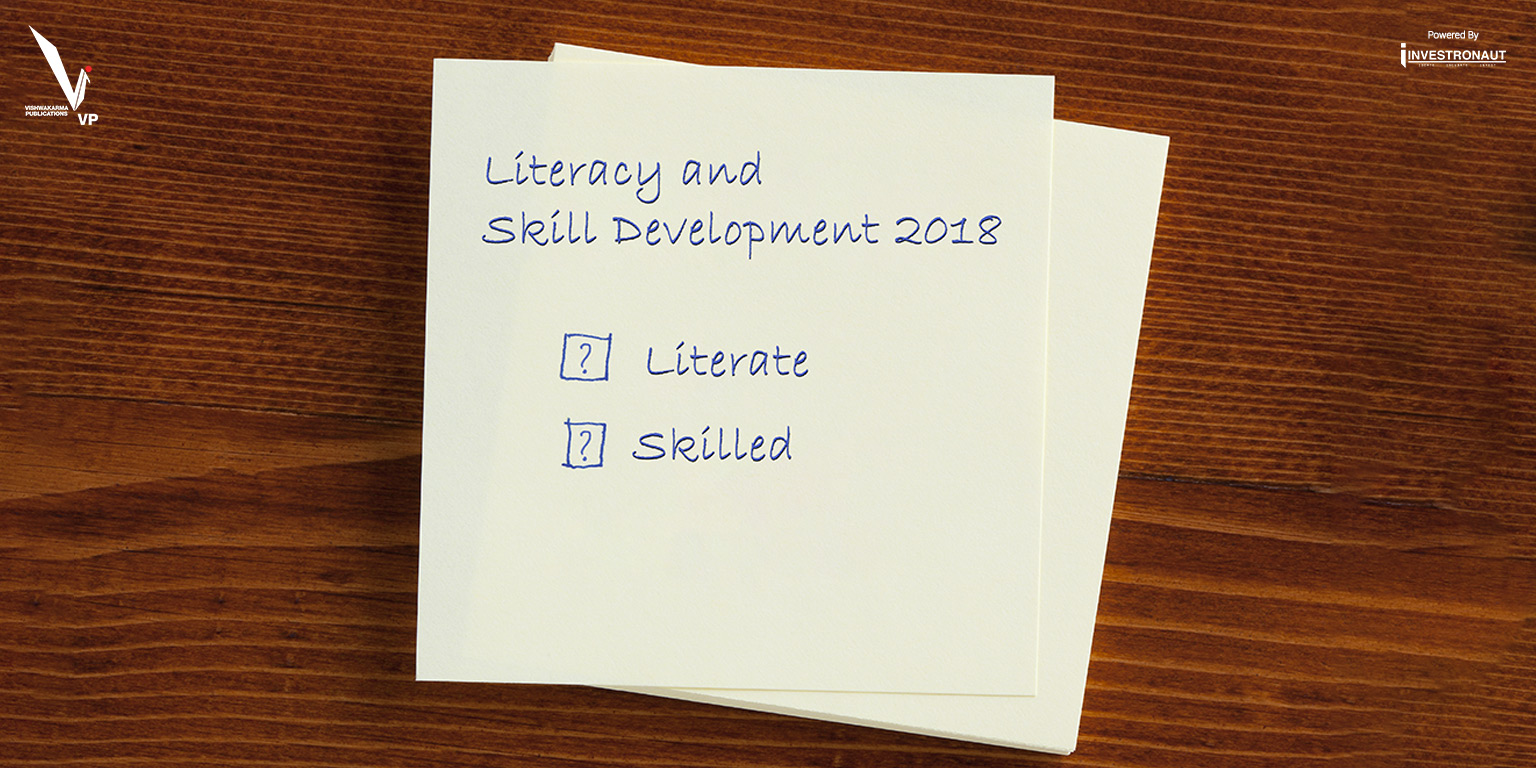What Does it Mean to be Literate?
“We need to redefine literacy in a swiftly changing world and skill development has to be an essential feature of literacy programmes.”

8th September is marked as the International Literacy Day by UNESCO to raise awareness globally on the issues surrounding adult and child literacy. The day aims to draw attention to literacy more than just the ability to read and write rather it locates literacy in the context of the needs of the changing world by using a different theme each year. The theme for 2018 is “Literacy and Skill Development”
Redefining Literacy
India boasts of a 74% literary rate. Not bad? Wait…think again! It might look respectable on a country wide level but it is unevenly distributed and concentrated mostly in Southern India. We often hear horror stories about the deplorable state of public schools, low teacher-student ratio and poor mathematical and reading skills of students in Bihar or Uttar Pradesh.
In the contemporary context, is the traditional definition of literacy, the ability to read and write, relevant? What should be the purpose of literacy? Who can be called literate in the true sense? In my opinion being literate should at least mean two things – being adequately equipped with relevant skills to find employment and to become a thinking, socially conscious citizens.
Our literacy rate is not a true indicator either of the parameters. According to reports 94% of engineering graduates are not fit to be hired due to inadequate skills. Likewise only 7% of MBA graduates are employable, the rest earn a meager salary of Rs. 8-10 k/month.
Are the people who are employed, truly literate? or are they simply ‘educated illiterates’? Literacy can not narrowly mean securing good grades and taking up corporate jobs. It also means the ability to think critically, the ability to put the learnings to use, to take decisions, to innovate, to evolve and to be able to differentiate between right and wrong. A cursory look at the responses and engagements on social media and in personal conversations about socio-political issues and one is appalled by the lack of well informed, well thought out opinions.
Literacy and skill development.
Literacy must be freed of the shackles of the baggage of rudimentary familiarity with the basic alphabet and mathematical operations. The million-dollar question though remains, how? We must begin at the beginning. The right to education has been a good beginning but its purpose is defeated by the abysmal standards of public schools. Apathy towards infrastructural development, poor quality of teaching, political interference, and low accountability have ensured our schools turn into cesspools of mediocrity and appalling illiteracy. What must be done then? A radical shift. Delhi is a good example of what targeted investment, accountability and trainings can yield. Delhi’s public schools have undergone a complete transformation thanks to a generous education budget, mega infrastructural improvements combined with teacher training. It is reflected in the 90.6% pass rate of students from public schools leaving behind the private schools in the city. This is true even of private schools. The rote style of education with no hands on training, and outdated curriculum implies by the time the child is out of high school, she has learnt very little. Ambitious government programs like Atal Tinkering Labs, Atal Incubation Centers, online resources in form of e- books etc. by NITI Ayog are positive endeavours in this direction. They allow the students to get hands on training in STEM, promote a culture of innovation and entrepreneurship. But, the scope and reach of the programmes needs to be greatly expanded. It needs to include managerial training, handicraft production, policy development. Unless our schools are motivated to outdo themselves in all aspects – be it infrastructure, or be it teaching, or student feedback, or collaborations with industry, we are doomed to a fast swelling literate population with little skills.
Afterthought
In 2016 the UN named Finland the world’s most literate nation in the world. It didn’t come as a surprise as Finland is a nation where libraries and public transport remain open till late at night while malls close early. It’s the opposite in many parts of the world.
Finns are amongst the world’s most enthusiastic users of public libraries – the country’s 5.5 million people borrow close to 68 million books a year. With such a robust reading culture in place, it is no surprise that Finland is amongst the very few countries of the world to have achieved 100% literacy rate.
We in India need to foster a strong culture for reading and love for learning and explore oneself to achieve the real meaning of literacy.
References-
The author of this article Richa Singh is a content writer with Investronaut. She is a voracious reader and a keen traveller.
